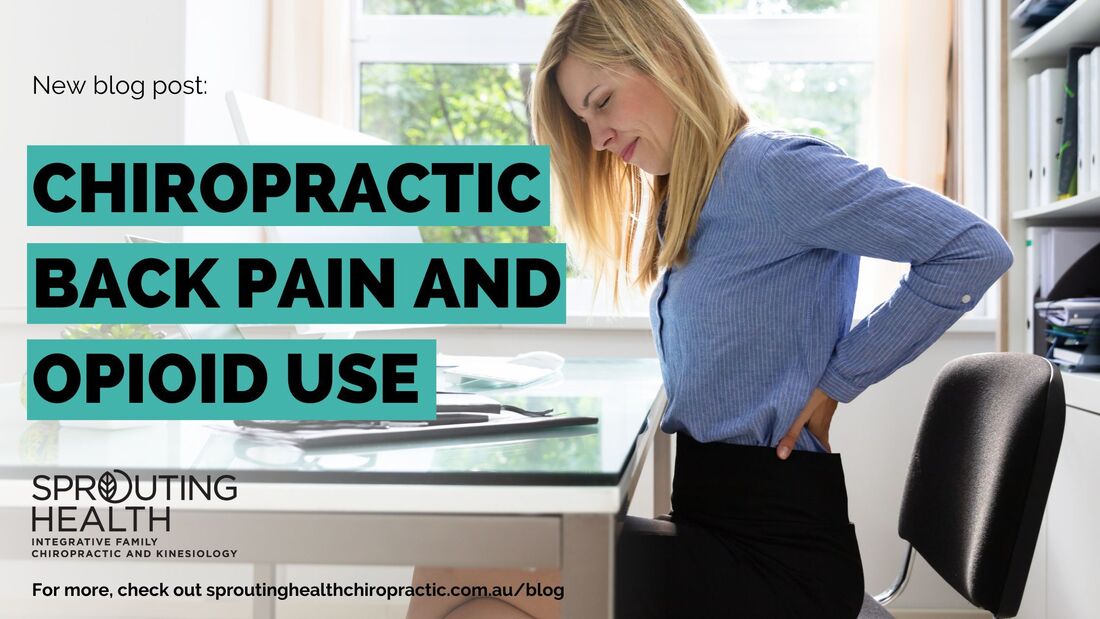|
Low back pain is quite common and it is one of the leading causes of disability globally, according to the Global Burden of Disease Study in 2010 (1,2). Do you or a loved one suffer from low back pain? This is an important article could make the world of difference to you.
“The most common condition for which opioids are prescribed is back pain (3)” From 2017 to 2018, the overall rate of deaths involving any opioids decreased, however in adults over the age of 65, deaths due to overdose increased for both all opioids and prescription opioids (4). Opioid use has been declared a public health emergency, with legally prescribed drugs contributing to substantial morbidity and mortality from addiction and overdose (5,6). Although current evidence based clinical guidelines identify non-pharmacological therapies as the preferred first line approach, opioids are still widely prescribed (7). In a recent research study a total of 40,929 individuals were included in the final sample, looking at early chiropractic care and physical therapy on subsequent opioid use among people with low back pain in Arkansas. It was found that those who received chiropractic care have decreased odds of opioid use, in particular long term opioid use (after a 1 year follow up), in newly diagnosed low back pain (8). Though more studies would help cement these findings, the study suggests that early chiropractic care can help with low back pain management and avoid the need for an opioid prescription. So if you want to find out if chiropractic care may help manage low back pain for you or your loved ones, have a chat with one of our chiropractors to see how they can assist. “Early intervention is important, as it is vital to get on top of issues before further deterioration occurs which complicates recovery and management of conditions” 1.Hoy D, March L, Brooks P, et al. The global burden of low back pain: estimates from the Global Burden of Disease 2010 study. Ann Rheum Dis. 2014;73:968-974. 2. Hoy D, March L, Woolf A, et al. The global burden of neck pain: estimates from the global burden of disease 2010 study. Ann Rheum Dis. 2014;73:1309-1315. 3. Hudson TJ, Edlund MJ, Steffick DE, Tripathi SP, Sullivan MD. Epidemiology of regular prescribed opioid use: results from a national, population- based survey. J Pain Symptom Manage. 2008;36:280–8. 4. Wilson N, Kariisa M, Seth P, Smith Ht, Davis NL. Drug and Opioid-Involved Overdose Deaths - United States, 2017–2018. MMWR Morb Mortal Wkly Rep 2020;69:290–7. 5. Han B, Compton WM, Jones CM, Cai R. Nonmedical prescription opioid use and use disorders among adults aged 18 through 64 years in the United States, 2003-2013. JAMA 2015;314:1468-78. doi:10.1001/jama.2015.11859 6.Rudd RA, Seth P, David F, Scholl L. Increases in drug and opioid involved overdose deaths - United States, 2010-2015. MMWR Morb Mortal Wkly Rep 2016;65:1445-52. doi:10.15585/mmwr. mm655051e1 7. Qaseem A, Wilt TJ, McLean RM, Forciea MA. Noninvasive treatments for acute, subacute, and chronic low back pain: a clinical practice guideline from the American College of Physicians. Ann Intern Med. 2017;166:514–30. 8. Acharya, M., Chopra, D., Smith, A.M., Fritz, J.M. and Martin, B.C., 2022. Associations Between Early Chiropractic Care and Physical Therapy on Subsequent Opioid Use Among Persons With Low Back Pain in Arkansas. Journal of Chiropractic Medicine.
0 Comments
Leave a Reply. |
AuthorBlogs by the team at Sprouting Health Archives
July 2024
Categories |


 RSS Feed
RSS Feed
